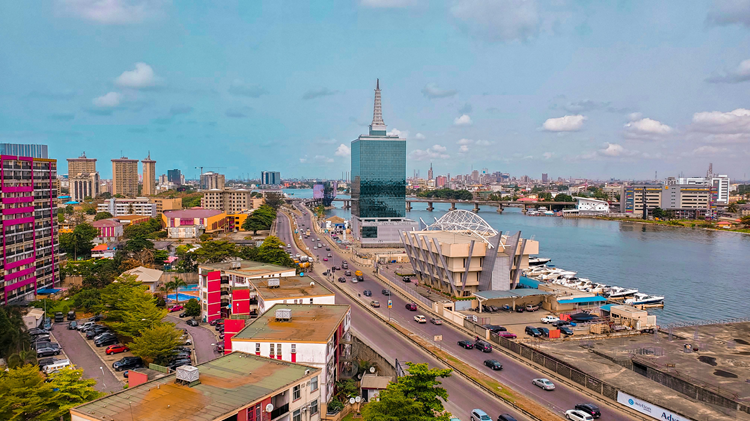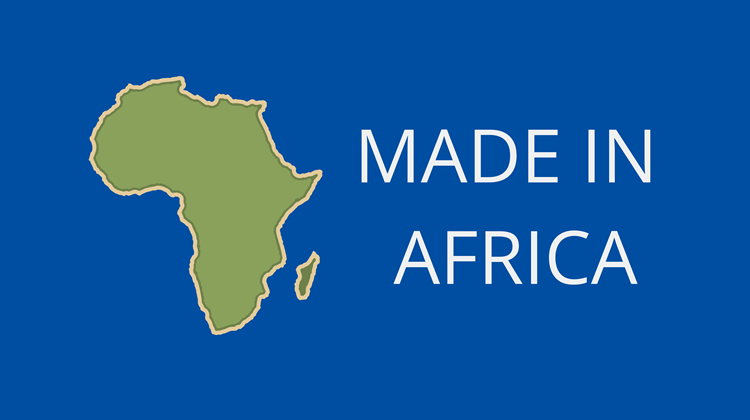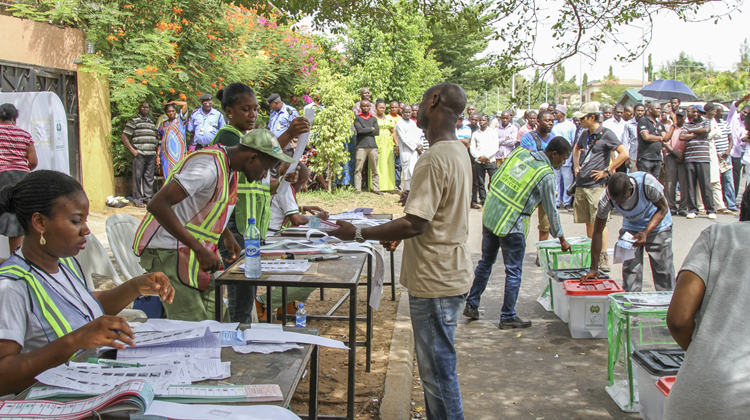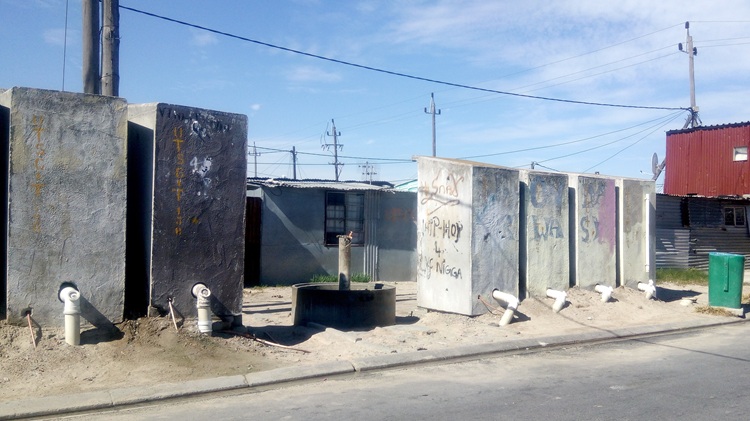Can infrastructure development drive inclusive growth in Ethiopia?
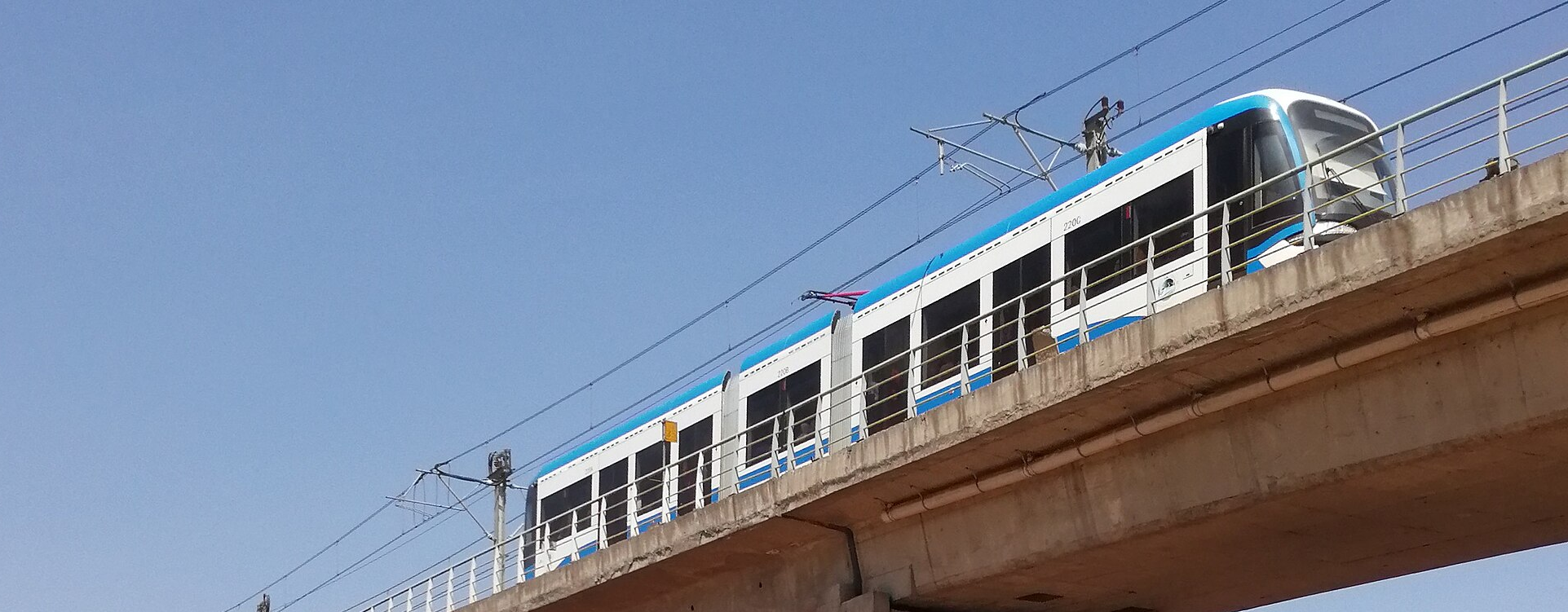
Ethiopia’s infrastructure investments have driven growth and reduced poverty, and yet a more strategic approach is needed for truly inclusive development.
In the early 2000s, Ethiopia ranked as the third poorest country globally, following Mozambique and Somalia. However, despite experiencing major economic shocks—including droughts, floods, conflicts and the COVID-19 pandemic—the country has achieved consistent growth over the past two decades. With an estimated population of 128.7 million (the second highest in Africa after Nigeria) and a GDP at market exchange rate (MER) of US$119.7 billion in 2023, Ethiopia has improved its ranking to 27th among the world's poorest countries, a significant upward shift from its previous position.
The country is currently among the world's fastest-growing economies, with an estimated 7.2% growth rate in 2023 and an impressive average annual growth of approximately 9.5% between 2004 and 2023—a significant increase compared to the 2.6% average growth rate recorded between 1989 and 2003. This economic growth has been primarily driven by massive public investment in infrastructure that enhanced access to essential services and contributed to improved living standards.
Ethiopia is currently among the world's fastest-growing economies, with an estimated 7.2% growth rate in 2023
Ethiopia has focused on public infrastructure development as a key driver for economic growth, particularly following the May 2005 Ethiopian general election. In subsequent years, the Ethiopian People's Revolutionary Democratic Front (EPRDF) government adopted a Developmental State Model that prioritised public investments in infrastructure, including roads, schools and energy projects as core to economic policies.
Furthermore, the government initiated the Growth and Transformation Plans (GTP I & II) focusing on infrastructure development and the Agricultural Development-Led Industrialisation (ADLI) to achieve lower-middle-income country (LMIC) status by 2025, a target which it missed given the current economic trend and challenges. According to the World Bank, a country needs a Gross National Income (GNI) per capita of between US$1 146 and US$4 515 in 2023 to be classified as an LMIC by 2025. Ethiopia’s GNI per capita stood at US$1 110 in 2023 - US$36 below the World Bank threshold. Despite missing the target in 2023, the country’s GDP per capita has more than tripled between 2004 and 2023.
Notable infrastructure advancements include the construction of a 750 km electrified railway linking Addis Ababa and the Port of Djibouti, as well as the Grand Ethiopian Renaissance Dam (GERD) hydro project, which is set to generate over 6 450 MW of electricity upon completion. The impact has been the provision of 15.2 million more people with access to safely managed water, extending safely managed sanitation to an additional 8.3 million people, tripling electricity access, and achieving a 56% reduction in infant mortality between 2004 and 2023.
These improvements contributed to a steady decline in extreme poverty and inequality. As of 2004, Ethiopia had around 30 million people (or 39.5% of its population) living in extreme poverty (at US$2.15 per person per day threshold), making it the third highest in absolute numbers in Africa, after Nigeria and the Democratic Republic of Congo. By 2023, this number had declined to 18.5 million people (14.4%), lowering Ethiopia’s poverty to eighth place. The Gini index (or coefficient), which measures income or wealth inequality within a country on a scale from 0 (perfect equality) to 100 (perfect inequality), improved from approximately 44.6 in 1995 to 34.9 in 2023. The Africa Infrastructure Development Index (AIDI), developed by the African Development Bank (AfDB), which accessesinfrastructure development across African countries, indicates that Ethiopia’s score has improved from about 0.65 in 2004 to 13.09 in 2024. However, despite such significant progress, the country’s score remains below the average of 15.8 and 30.9 for low-income African countries and Africa as a whole, respectively, in 2024. The country ranked 48 out of 54 African countries in 2024, an improvement from 53 in 2004.
Poor coverage and low quality of infrastructure increase transaction costs and lower the return on capital, discouraging domestic and foreign investment and constraining economic growth. Poor infrastructure coverage also negatively impacts poverty reduction. An inverse relationship between infrastructure development and extreme poverty exists in Ethiopia, with a reduction in extreme poverty headcount even as the total population headcount grows – a significant positive trend indicator (Chart 2).
As Ethiopia’s infrastructure improved, poverty rates tended to decline due to increased access to essential services, employment creation and economic opportunities. Improved water and sanitation help reduce diseases, improve health outcomes and boost productivity, leading to higher income potential. Reliable electricity fosters investment and supports entrepreneurship, which contributes to poverty alleviation. Improved transport infrastructure promotes employment creation in both urban and rural areas, helping to narrow income disparities.
A recent study by the African Futures and Innovation programme at the Institute for Security Studies (AFI-ISS) shows that Ethiopia can achieve even more rapid and inclusive growth by pursuing targeted intersectoral interventions. The study models the impact of more and better infrastructure development and other improvements, such as good governance, better education, improved health and demographics, an agricultural revolution, a thriving manufacturing transition, increased financial flows, and the full implementation of the African Continental Free Trade Area (AfCFTA). The study compares several scenarios with a Current Path (business-as-usual) scenario.
The Large Infrastructure and Leapfrogging scenario envisions an ambitious but realistic investment in roads, renewable energy, enhanced electricity access and accelerated broadband expansion. It also focuses on leveraging modern technologies to improve government efficiency while allocating significant resources to key infrastructure projects, including railways, ports and airports. Furthermore, it underscores the transformative impact of renewable energy and information and communication technology (ICT).
In this scenario, Ethiopia could eliminate extreme poverty (less than 3%) by 2041, a year earlier than the 2042 Current Path projection. Thus, 765 290additional people could be lifted out of extreme poverty by 2041 compared to the Current Path. GDP per capita could increase by 5.3% by 2043 (the end of the third 10-year implementation plan of the African Union Agenda 2063) compared to the value of US$4 389 on the Current Path. Additionally, Ethiopia’s GDP could increase to 7.6% larger than in the Current Path of US$437 billion by 2043.
Although infrastructure development can drive economic growth and poverty reduction, careful planning is crucial to prevent widening social and economic disparities. In the scenario, inequality, as measured by the Gini coefficient, is projected to rise by 1.4% compared to the Current Pathby 2043. This increase often occurs when infrastructure investments are heavily concentrated in urban areas, leaving rural areas with limited access to jobs and essential services. To mitigate this, the Ethiopian government should ensure equitable distribution of infrastructure projects, ensuring that both urban and ruralpopulations benefit.
The Ethiopian government should ensure equitable distribution of infrastructure projects among urban and rural populations to benefit
Despite the large positive impact of the Large Infrastructure and Leapfrogging scenario, these interventions alone are not a comprehensive solution for achieving meaningful inclusive growth in the long term. Instead, a coordinated development effort across all eight sectors modelled in the full country analysis delivers the most significant and sustained improvements. This combined scenario could eliminate extreme poverty by 2036, GDP per capita could rise by 42.8% above the business-as-usual forecast, reaching US$6 266, and inequality could decline by 4.3%, settling at approximately 33.4 by 2043.
Overall, the AFI-ISS study underscores the importance of comprehensive, strategic leadership and targeted investments across all economic sectors to foster meaningful and inclusive growth. By addressing governance challenges, strengthening infrastructure development, increasing agricultural productivity and encouraging economic diversification, Ethiopia can pave the way for even more rapid, sustainable and inclusive growth.
Image: Jcornelius/WikimediaCommons


